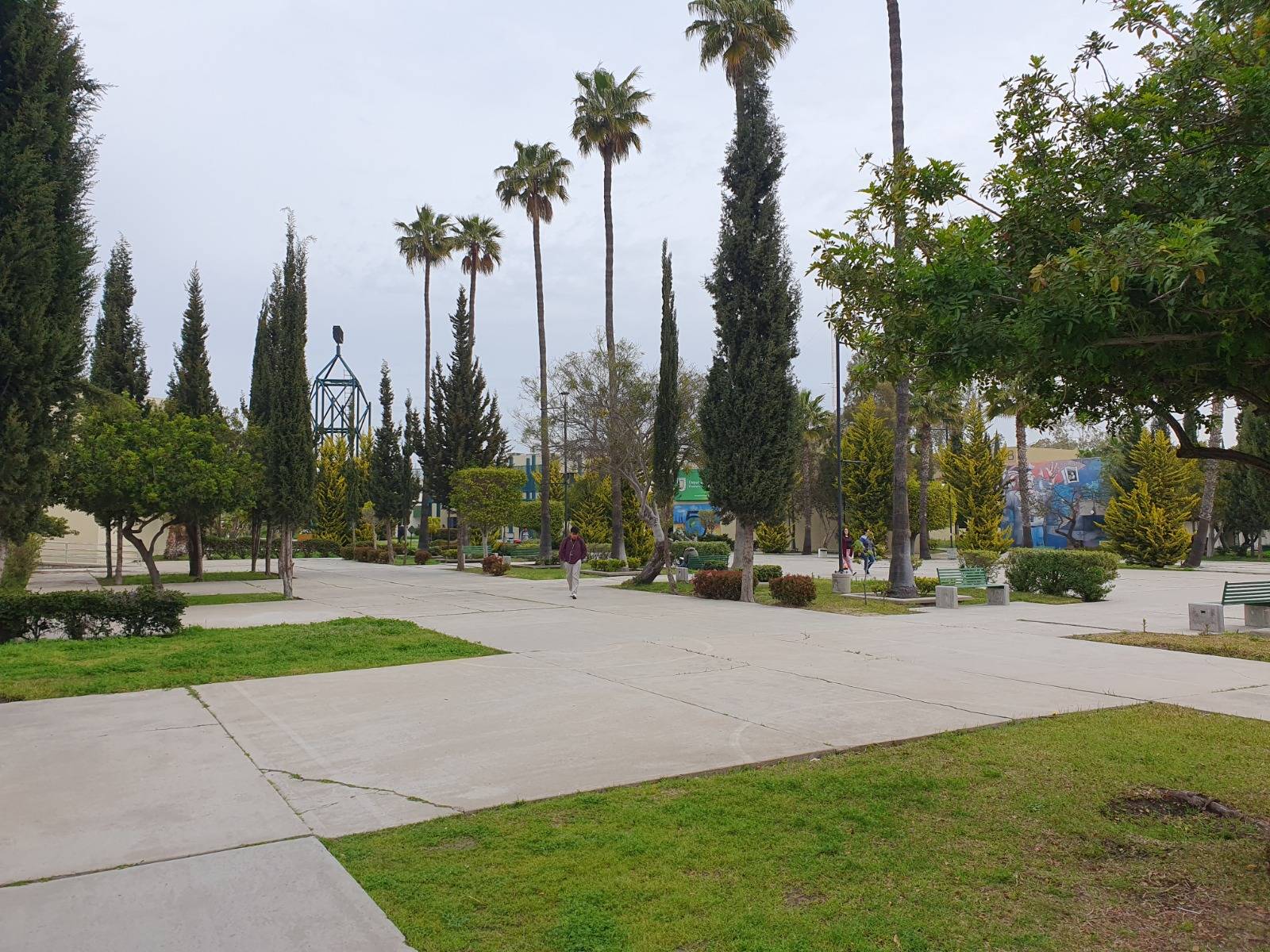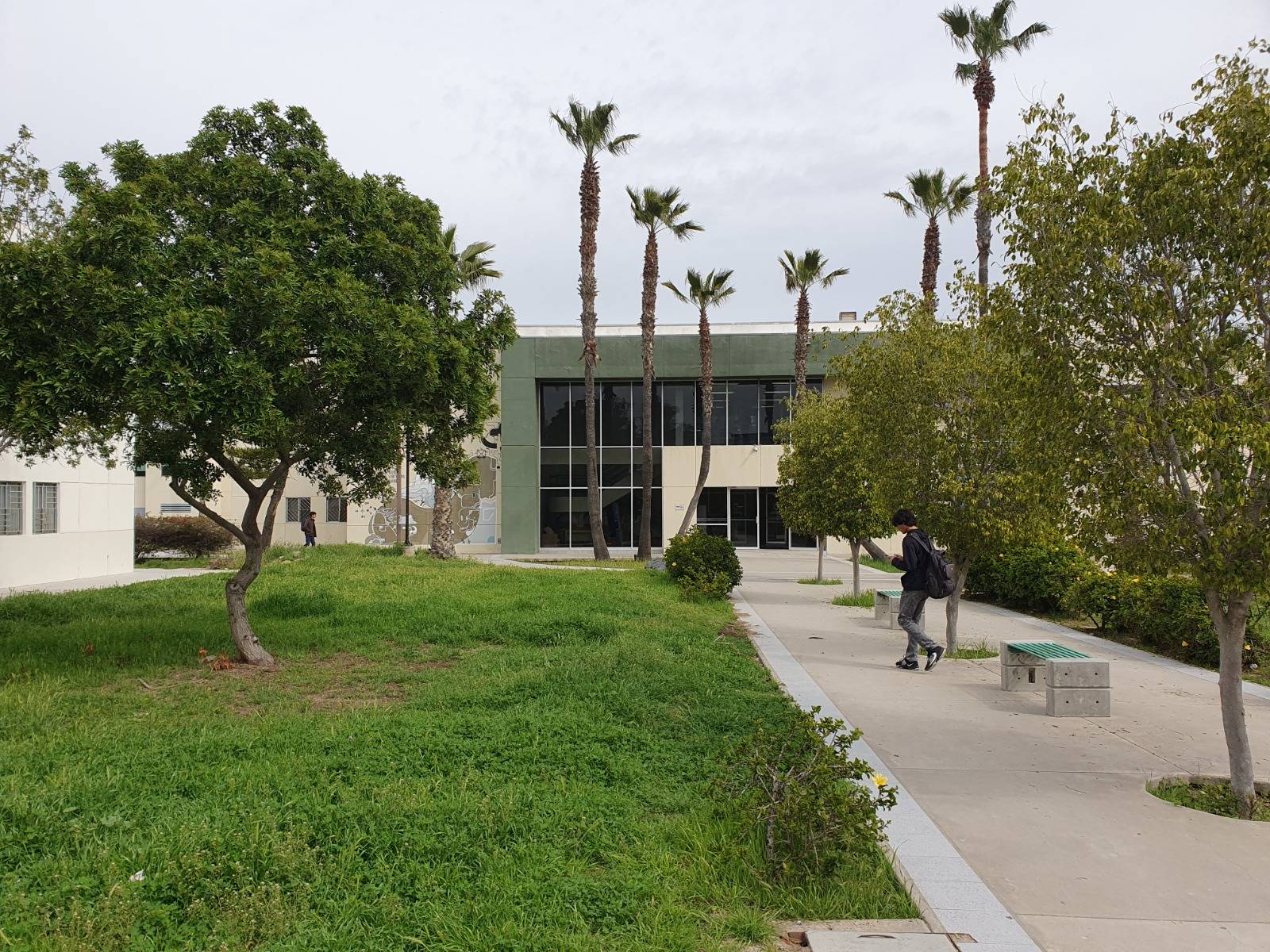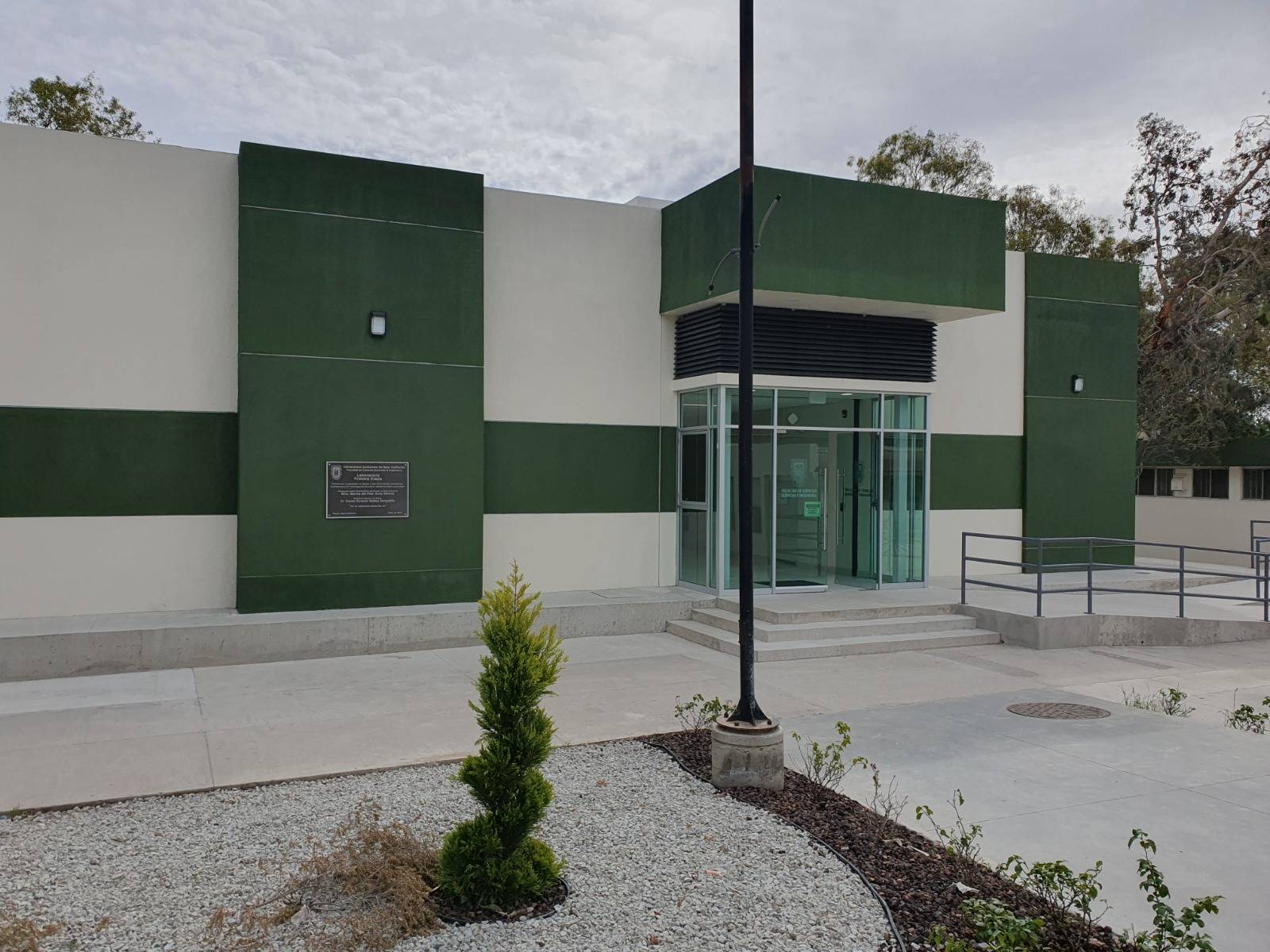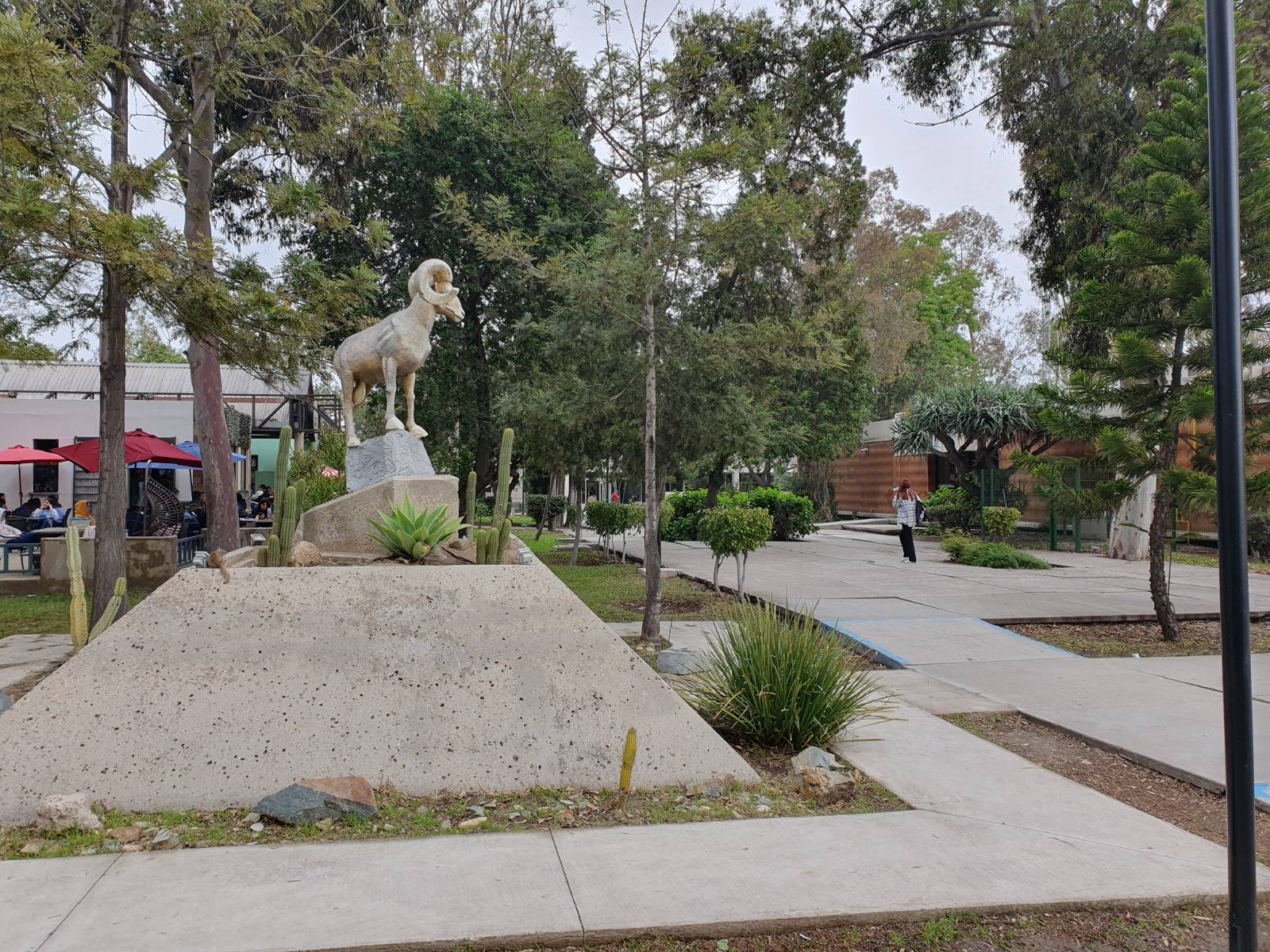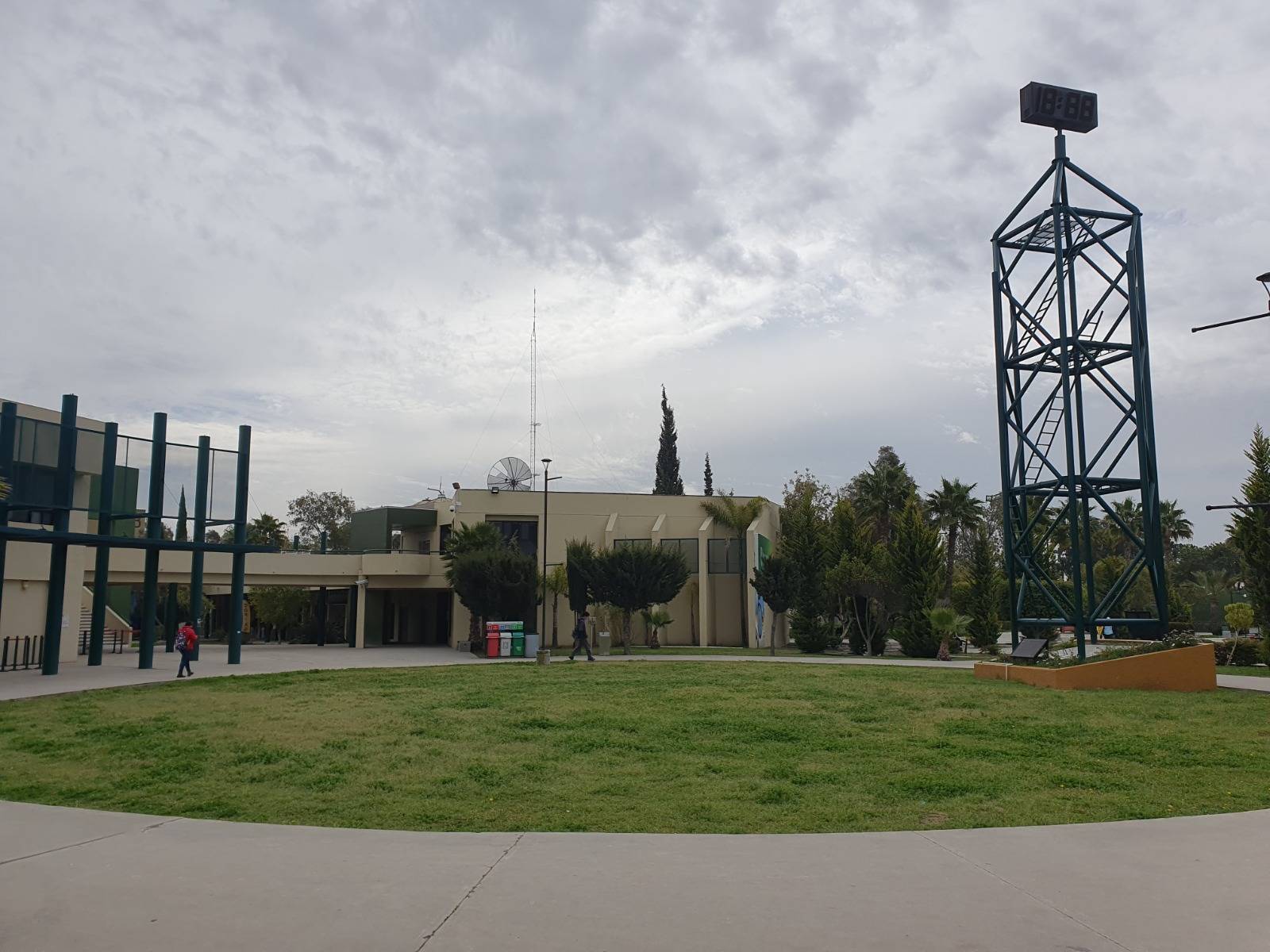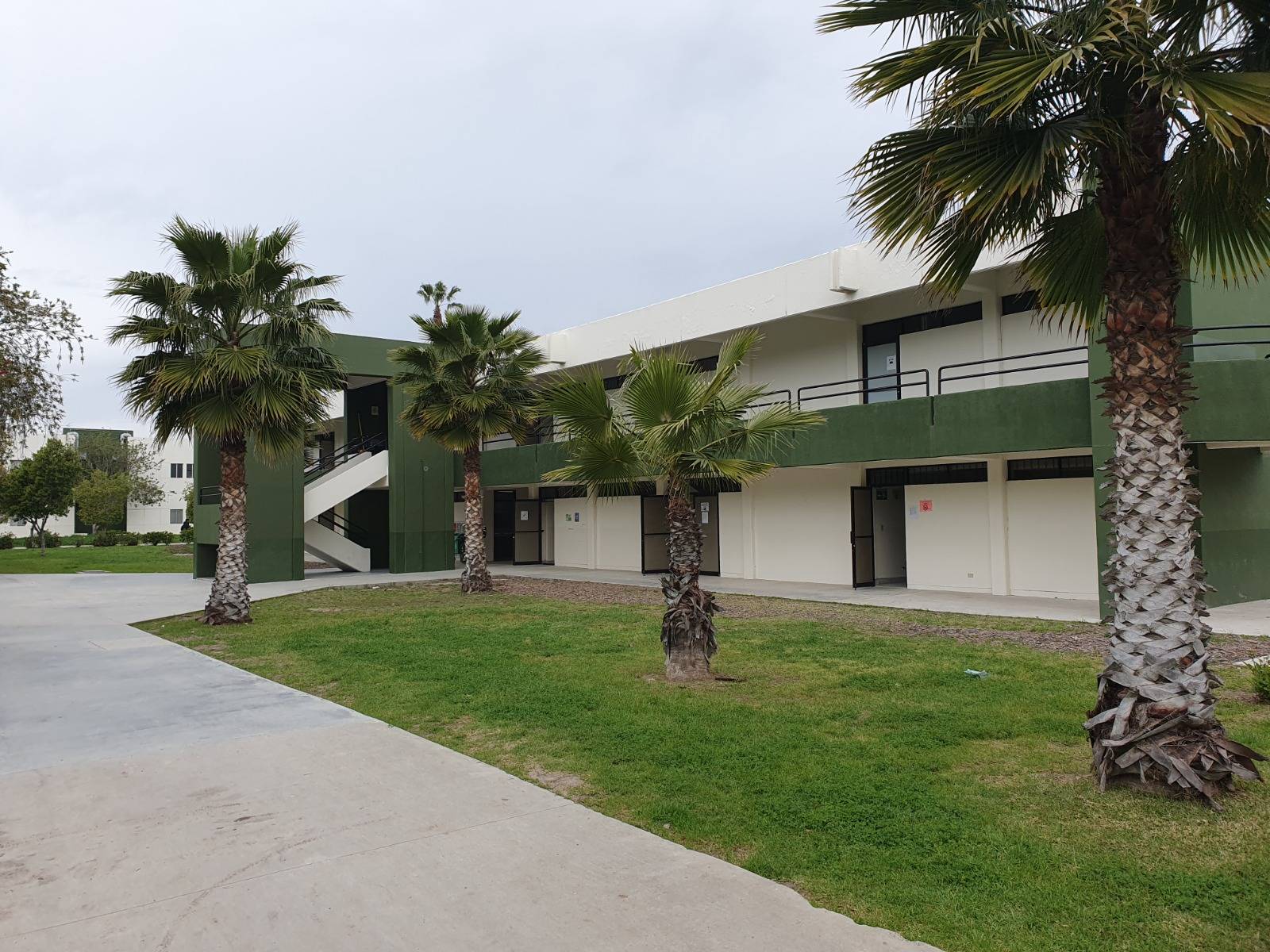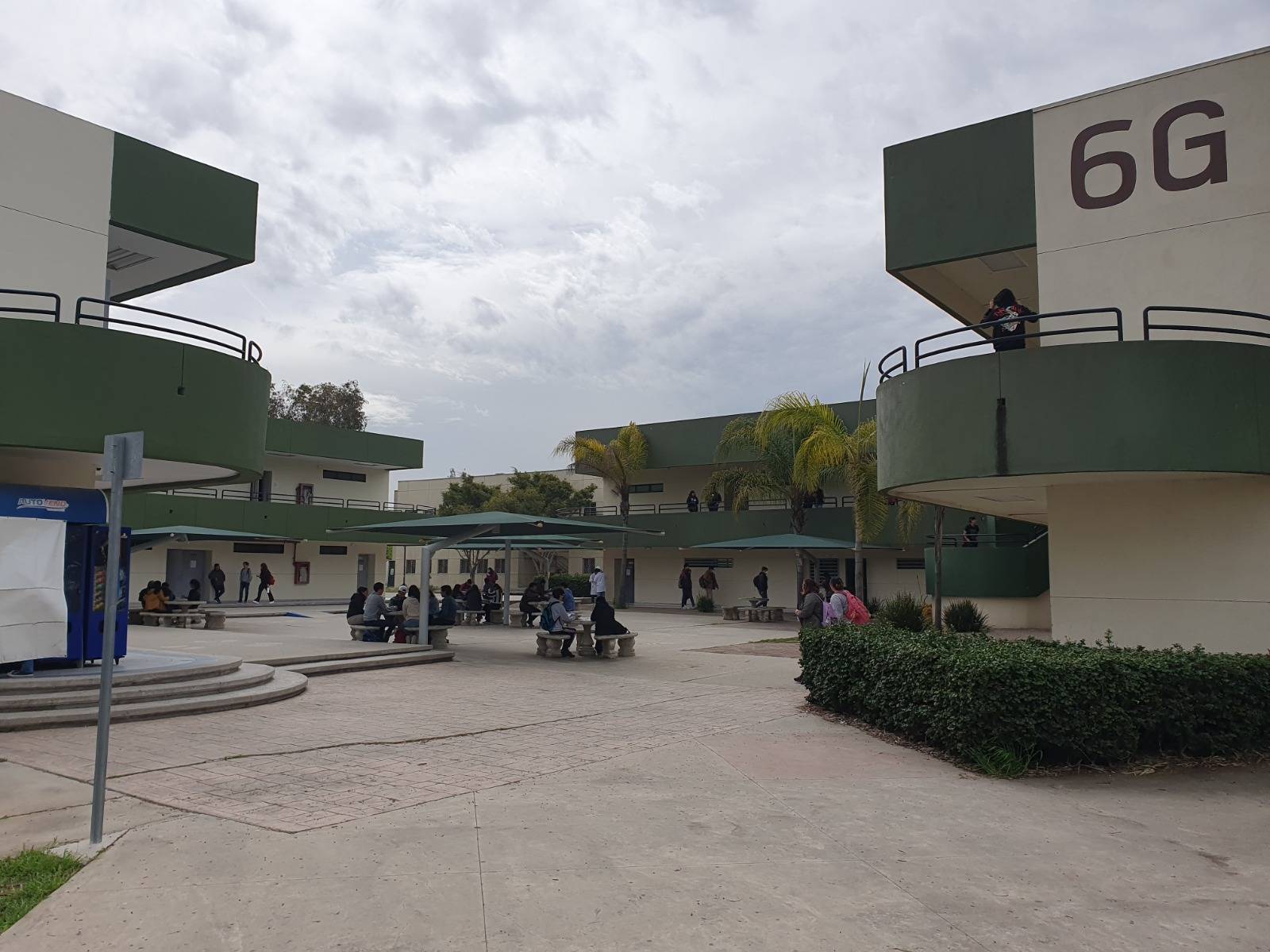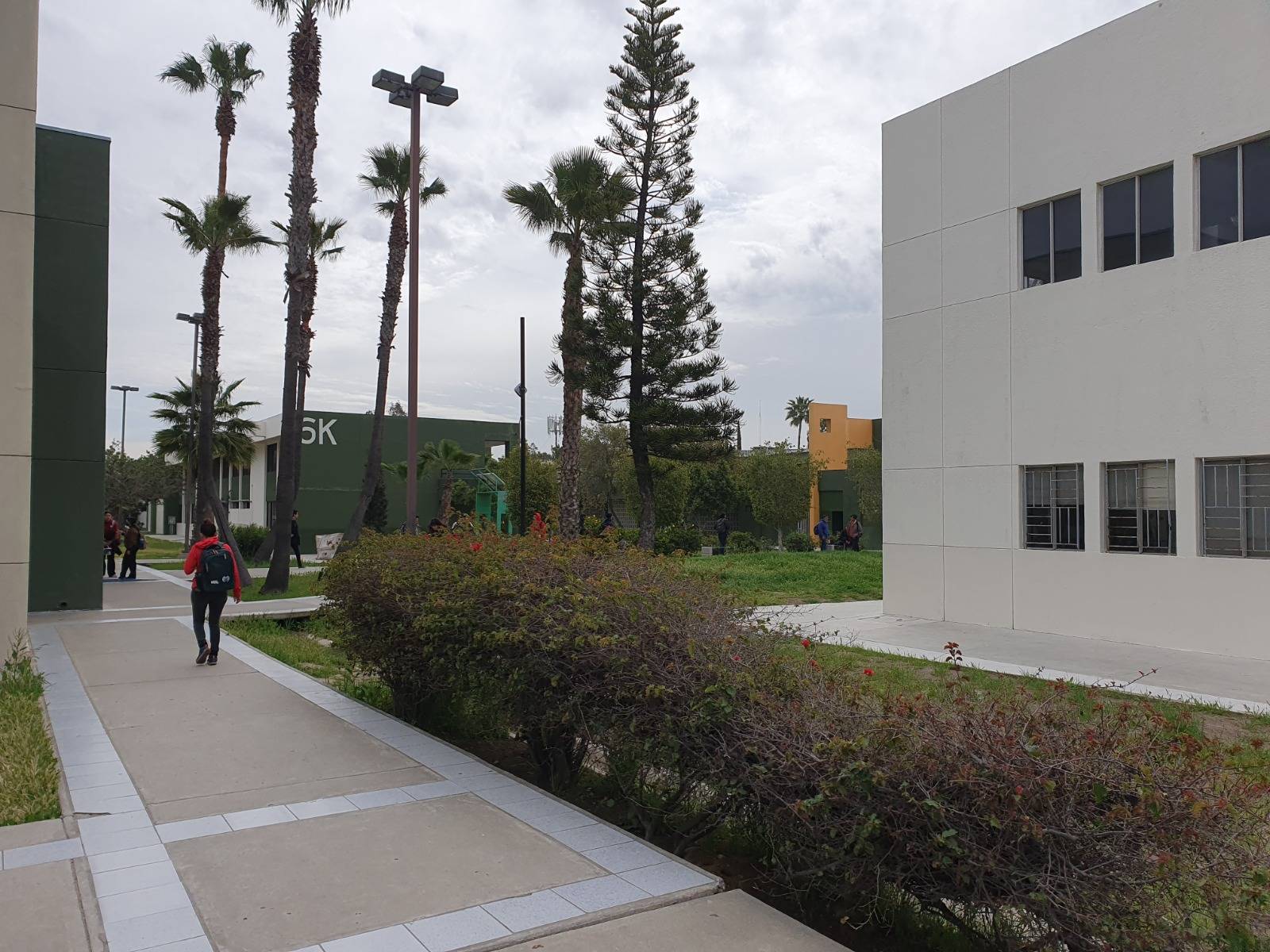CLASS SCHEDULES
Tronco Común (Área de Ingeniería) / Engineering Common Courses
Tronco Común (Área de Ciencias Químicas) / Chemical Sciences Common Courses
Ing. en Computación / Computer Engineering
Ing. en Software y Tecnologías Emergentes / Software and Emergent Technologies Engineering
Ing. en Electrónica / Electronics Engineering
Ing. Industrial / Industrial Engineering
Ing. Químico / Chemical Engineering
Químico Industrial / Industrial Chemist
Químico Farmacobiólogo / Farmacobiologist Chemist
Updated january/12

